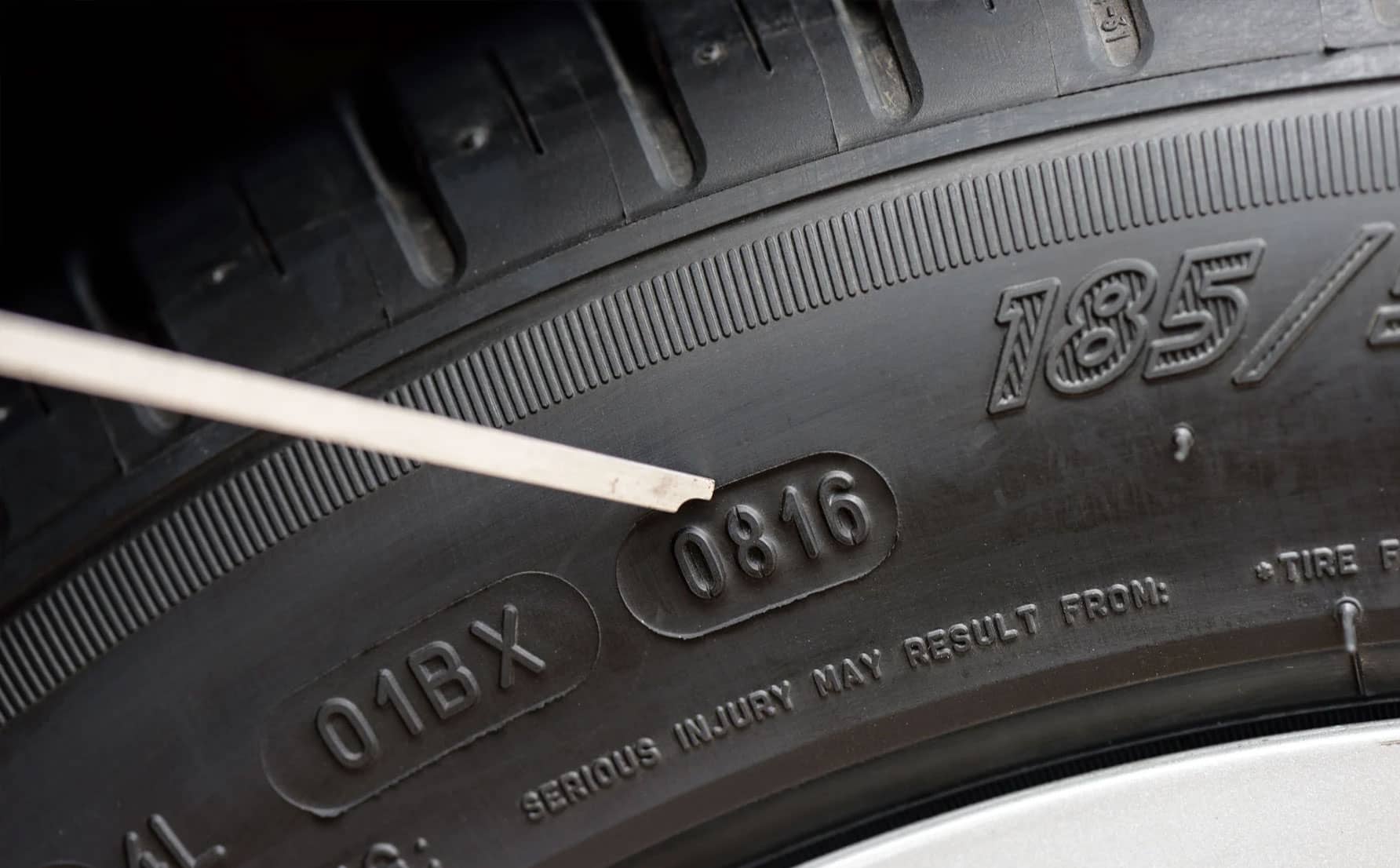No items in cart right now!
Working Hours - 8 AM To 8 PM
 November 06
November 06
Every car owner dreams of maximizing the lifespan of their tyres. Yet, one simple maintenance habit—regular tyre rotation—often goes unnoticed. Not only does it help extend tyre life, but it also ensures smoother driving, better handling, and enhanced safety. Whether you drive across Dubai’s highways or navigate Sharjah’s busy streets, understanding tyre rotation can save you money and effort in the long run.
Understanding the Importance of Tyre Rotation
Tyre rotation involves periodically changing the position of each tyre on your vehicle—usually moving front tyres to the rear and vice versa. This helps distribute wear evenly across all tyres. Different tyres bear varying loads depending on your car’s drivetrain and weight distribution. Regular rotation ensures that no single tyre wears out faster than others, directly helping you extend tyre life.
Some drivers believe modern tyres don’t require rotation or that new cars are exempt. That’s far from true. Even with advanced tyre technology, road conditions and driving habits cause uneven wear. Ignoring rotation leads to premature tyre replacements, costing you more in the long term.
Why Tyre Rotation Helps Extend Tyre Life
When tyres wear evenly, they maintain consistent road contact, improving traction and stability. This is vital during high-speed driving or sudden braking. Over time, this simple routine can dramatically extend tyre life by several thousand kilometers.
Without rotation, front tyres on front-wheel-drive cars wear faster because they handle both steering and acceleration. Rotating them regularly prevents bald spots or cupping, keeping your tyres safe and roadworthy.
A well-rotated set of tyres ensures that all four corners of your car contribute equally to performance. You’ll experience better control, reduced vibrations, and a smoother driving experience—key to both comfort and safety.
Ideal Tyre Rotation Intervals and Patterns
Experts recommend rotating your tyres every 8,000 to 10,000 km or during every second oil change. However, always consult your vehicle manual for manufacturer-specific recommendations.
Front-to-Back Rotation – Ideal for directional tyres.
X-Pattern Rotation – Common for front-wheel-drive vehicles.
Rearward Cross Rotation – Perfect for rear-wheel-drive and 4WD systems.
Front-wheel drives wear front tyres faster, while rear-wheel drives demand more attention to the back set. Understanding your drivetrain type helps choose the best rotation pattern to extend tyre life effectively.
Signs That Indicate It’s Time for Tyre Rotation
Use a tread depth gauge or visually inspect for uneven wear. If one side looks more worn, it’s time to rotate.
Strange vibrations or humming noises often signal uneven tyre wear. A quick visit to a trusted Al Quoz tyre shop can diagnose and fix the issue before it escalates.
Professional Tyre Rotation Services in the UAE
Al Quoz is known for top-quality auto services and professional tyre maintenance. Skilled technicians use precision tools to rotate and balance tyres, ensuring optimal performance and longevity.
If your tyres are already worn beyond recovery, Sharjah offers numerous options for cheap tyres that don’t compromise safety. Reputable shops provide reliable brands at discounted prices.
Online platforms make it easy to buy online, compare prices, and schedule installation. Always check for genuine seller reviews and warranty coverage before making a purchase.
DIY Tyre Rotation Tips for Car Enthusiasts
You’ll need a hydraulic jack, lug wrench, torque wrench, and jack stands. Safety first—ensure your vehicle is on level ground.
Loosen the lug nuts slightly before lifting the car.
Use the correct rotation pattern based on your drivetrain.
Tighten nuts in a crisscross pattern to the manufacturer's torque specs.
Check tyre pressure and tread depth post-rotation.
Ignoring tyre direction indicators.
Forgetting to recheck lug nut torque.
Rotating tyres with uneven wear or punctures.
Additional Maintenance Tips to Extend Tyre Life
Misalignment causes uneven wear. Have your wheels aligned every 10,000 km or after hitting a pothole.
Underinflated or overinflated tyres wear unevenly. Check tyre pressure monthly to ensure even tread distribution.
If you switch between summer and winter tyres, store the unused set in a cool, dry place to preserve rubber elasticity.
FAQs About Tyre Rotation and Longevity
Q1. How often should I rotate my tyres?
Every 8,000–10,000 km or as recommended by your manufacturer.
Q2. Can I rotate tyres myself?
Yes, but only with the right tools and safety precautions.
Q3. Does tyre rotation affect alignment?
Rotation doesn’t fix alignment, but it can reveal issues needing correction.
Q4. What happens if I skip tyre rotation?
You risk uneven wear, poor grip, and shorter tyre lifespan.
Q5. Where can I find cheap tyres in Sharjah?
Many reputed tyre shops in Sharjah offer discounts on premium brands.
Q6. Is online tyre purchase reliable?
Yes, as long as you choose trusted UAE platforms with warranty-backed options.
Conclusion: The Smart Way to Extend Tyre Life
Tyre rotation isn’t just about maintenance—it’s about safety, efficiency, and savings. By rotating your tyres regularly and choosing trusted professionals at Al Quoz tyre shop, you can dramatically extend tyre life and enhance your vehicle’s performance. To learn more about the importance of tyre rotation, visit Wikipedia.
For affordable replacements, explore cheap tyres in Sharjah or tyre-buying online platforms for the best deals and convenience.
Read more: about AGM vs Lead Acid Car Battery Replacement.
leave a comment